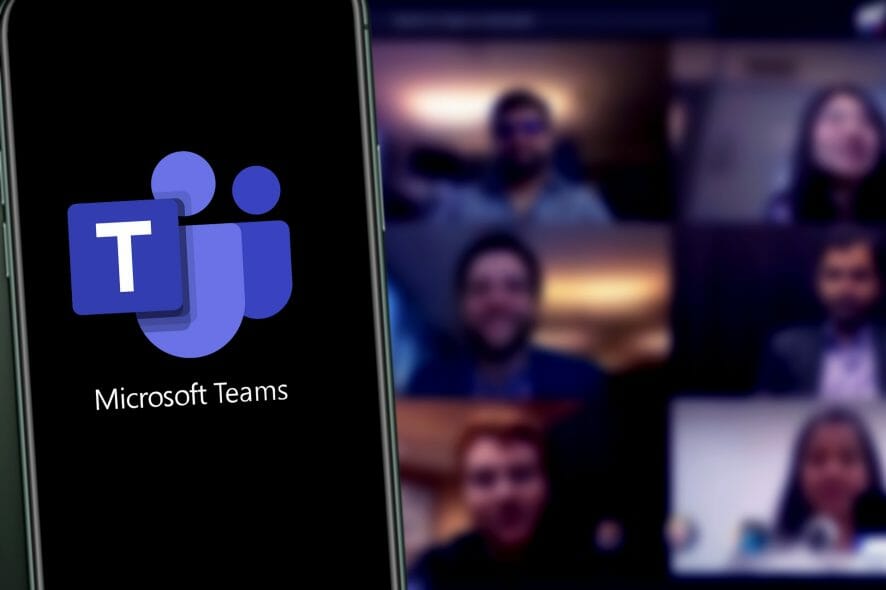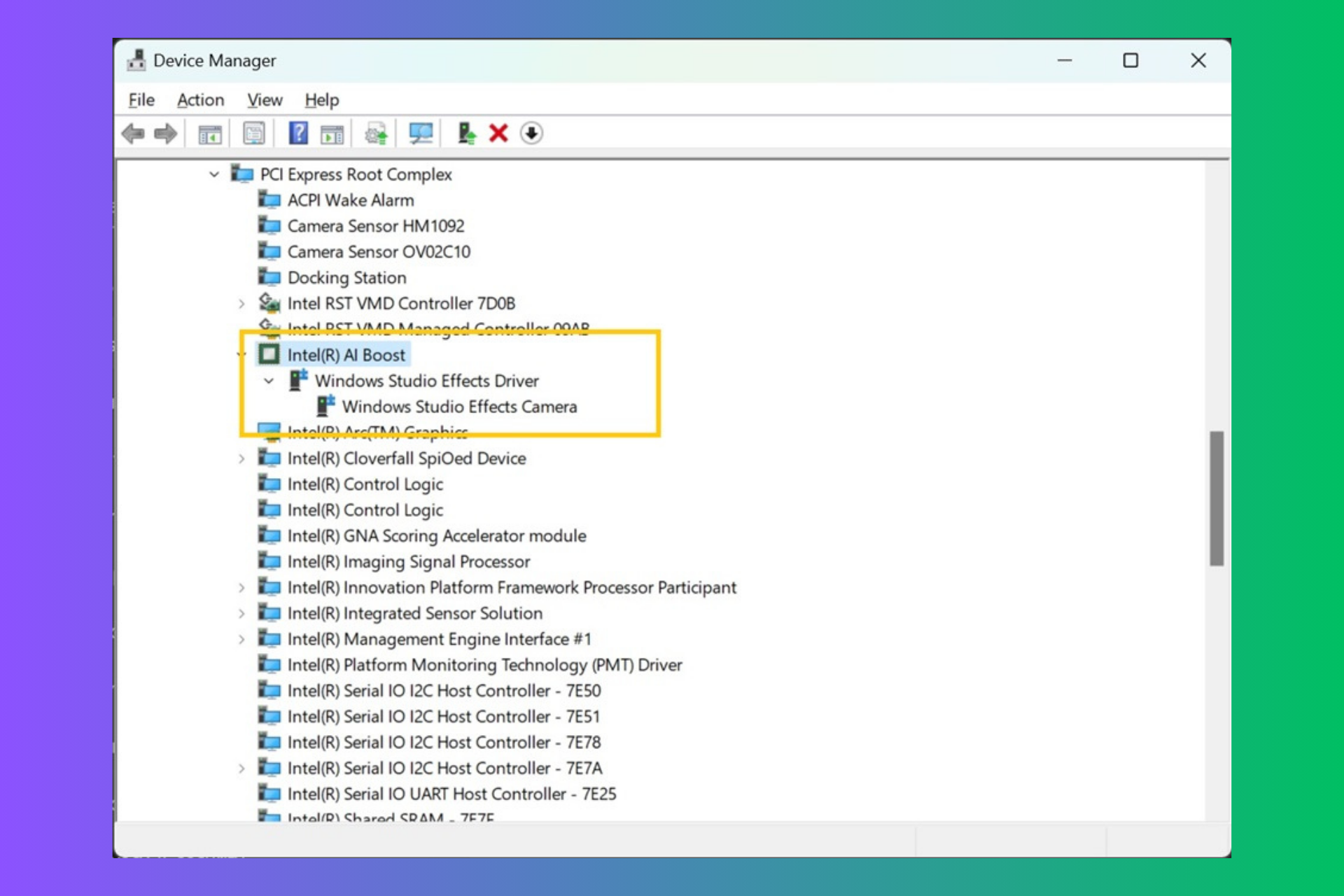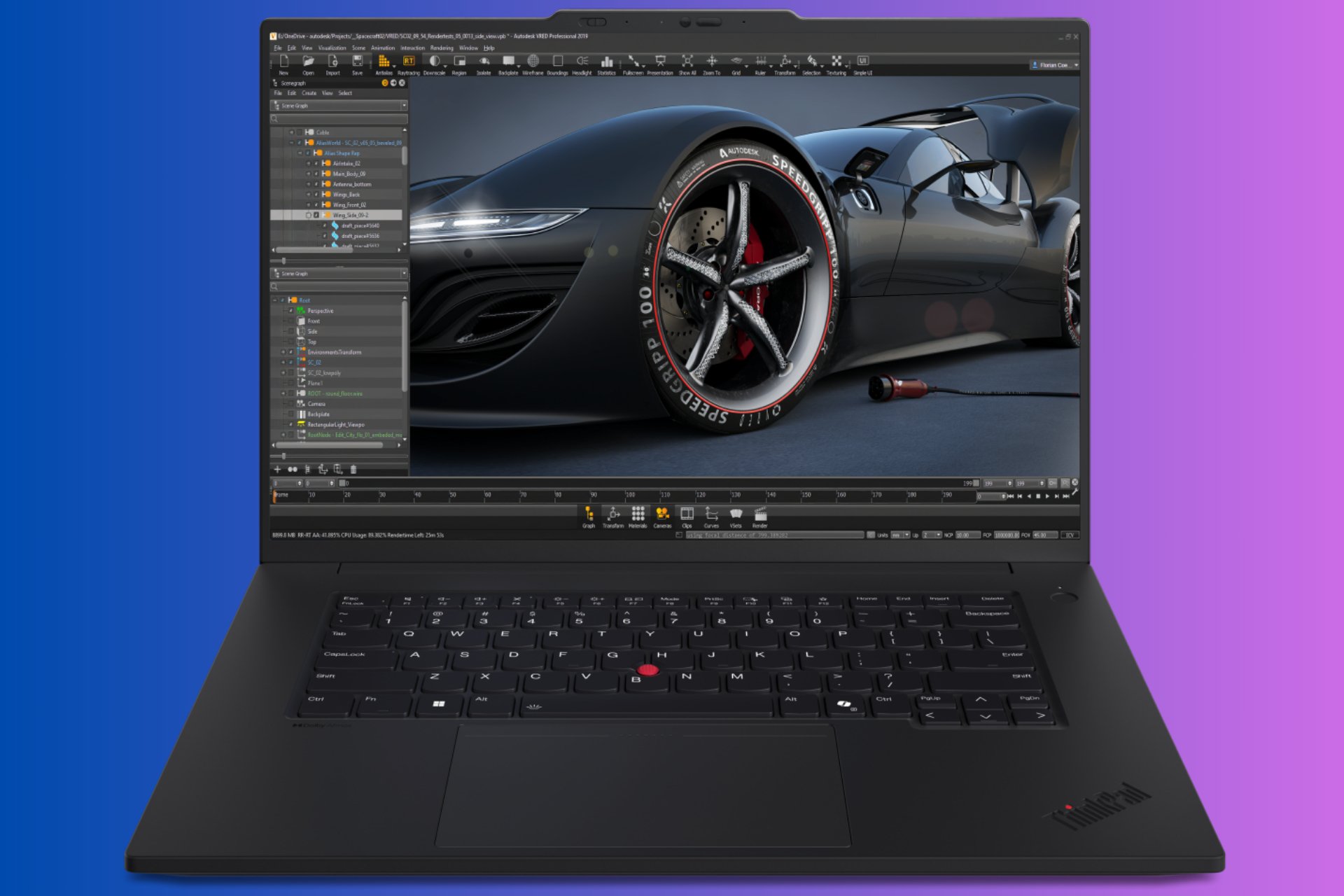Video calls and meetings now more power-efficient
3 min. read
Published on
Read our disclosure page to find out how can you help Windows Report sustain the editorial team Read more
Key notes
- Microsoft has improved video calls and meetings by reducing power consumption during team meetings and group video calls.
- The team at Microsoft also came up with some enhancements by reducing the power usage in processing multiple video streams during video calls.
- The new power efficiency improvements are good for Microsoft's teams who have been having complaints about resources due to power usage.

Microsoft announced that Teams’ power consumption has been reduced by up to 50 percent.
According to the company, these performance improvements should help to ensure that Teams delivers a consistent user experience on low-end Windows PCs.
This reduction in power consumption is achieved through hardware acceleration as well as optimizing how video content is decoded.
How it worked out
Microsoft explained that it achieved this significant gain by creating a framework that can measure the power consumption of Teams during resource-intensive scenarios such as video calls and meetings.
This allows developers to identify specific areas where they can optimize the code. Microsoft Teams received hardware and video capture optimizations that substantially helped to reduce CPU load while using the camera during meetings.
The company reduced the code complexity to optimize the app for functions like auto-aliasing, auto-white balance, and auto-exposure.
Later Microsoft made additional changes to use hardware acceleration on Windows 11 devices for the most common codes and improved battery life for all Macs running or later by switching from software encoding to hardware encoding.
Now, according to Microsoft, these improvements have resulted in significant power savings on laptops running Windows 11. This optimization will be rolled out to all users soon
With this update, Teams can now adapt to different usage scenarios and systems capabilities while keeping the same quality of service. Microsoft says it will continue to investigate new opportunities to optimize power consumption further in future releases.
Microsoft is committed to ensuring great calling and meeting experiences for users on low-end hardware as well as those on high-end workstations and high-resolution monitors.
It has been achieved by addressing the difference in power requirements by different user profiles by making sure that team meetings are as energy-efficient as possible.
In addition to multi-stream capabilities, Microsoft Teams previously also introduced GPU-based hardware acceleration to render video calls more smoothly.
Video conference experience
Microsoft announced that it has optimized its Teams app with new artificial intelligence features that reduce CPU usage while users are in a video meeting.
The improved Teams app will now reduce CPU usage by offloading some of the work to specialized AI silicon that is available on most modern personal computers.
In addition, Microsoft announced that it is working with leading CPU and GPU manufacturers to optimize the video conferencing experience for the next generation of chips.
In a blog post, Microsoft explained that video conferencing requires a lot of processing and hardware resources. When it comes to CPUs, Teams need an efficient distribution of work across all available cores.
Team users complaints
Microsoft Teams users have been complaining about the high resource usage of the app since its launch, and these problems typically impact low-end Windows PCs.
Microsoft explains that it has been working with Intel to optimize the video conferencing experience for next-generation chips and this collaboration resulted in an impressive reduction in battery consumption.
In summary, the company has made impressive strides forward in improving power efficiency and is continuing to work on optimizing all new features and capabilities for all users, regardless of their network and devices.
Are you benefiting from the improvements on Microsoft teams on power efficiency? Let us know your experience in the comments section.








